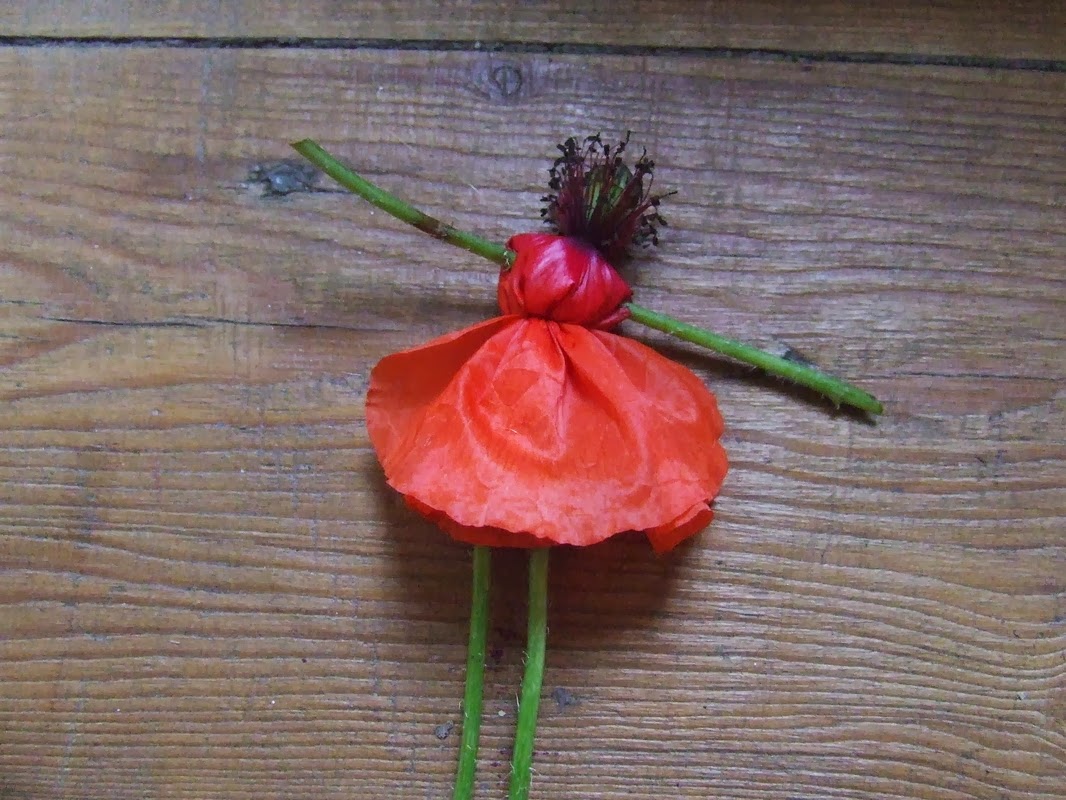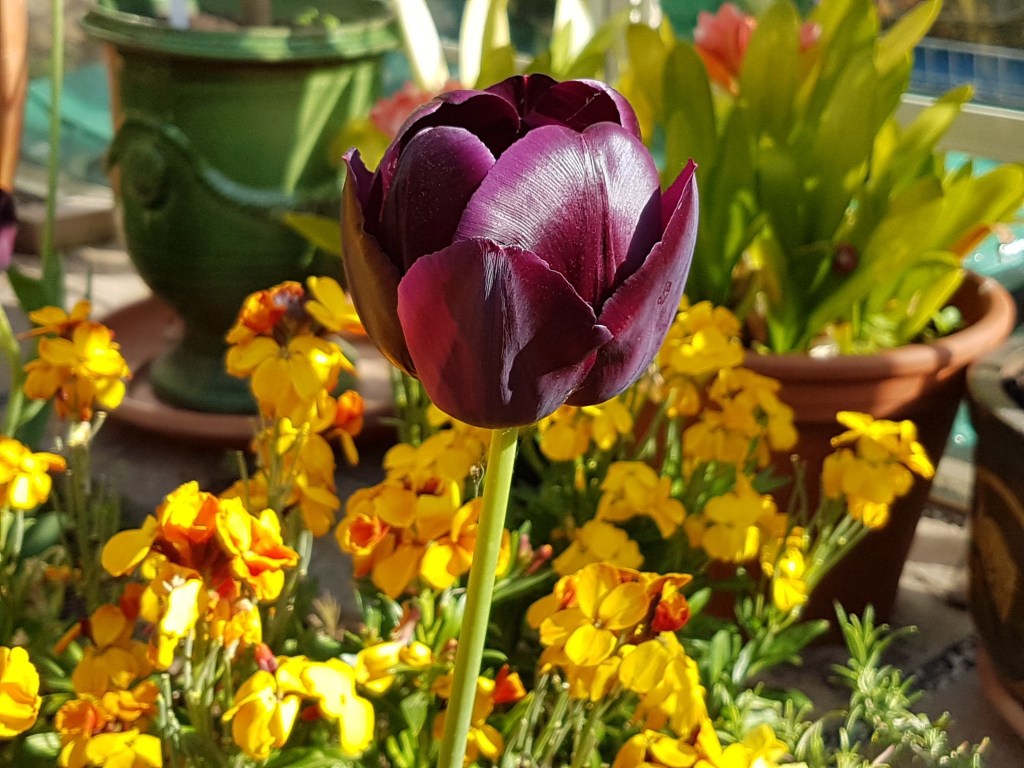
Our garden in spring
As I approach my 100th post on Cherry’s Cache, I’m taking a spring break. So I’m now posting one of my occasional ‘interludes’ which I hope will provide some gentle interest and amusement for a while. And meanwhile, behind the scenes, there are new posts in preparation. I never know exactly which ones will succeed and make the light of day, so I shan’t give away anything just yet! But I’m hopeful to have a few more to share with you through the changing seasons. To give a clue or two: a feisty lady whose invention was sought by royalty – an ancestral hero who was hanged for treason – and the story of a bridge which housed an illegal match factory. Let’s see how it goes!
The Magic of Common Names
For now, it’s the spring itself which prompts this post, about the names that we give to flowers. Those names which I learned in my childhood still cluster brightly in my mind. Meadowsweet, foxglove, deadly nightshade, celandine. Bluebell, speedwell, old man’s beard, and ragged robin. Scarlet pimpernel, Jack-go-to-bed-at-noon, and marsh marigold. All these are old familiar friends to me, and I have no trouble identifying them in fields, woods and hedgerows, in the way that my parents taught me on our country walks when I was a little girl. I imagine that in my mother’s case, they were handed down to her by her parents too –my grandfather, taught me that hawthorn leaf buds were called ‘bread and cheese’, and that they were tasty to eat. (They are, too!) He also said: ‘When the gorse is out of bloom, then kissing’s out of season’. Something I’ve trotted out regularly, to the boredom of my own family. A botanist later explained to me that they have identified two different species of gorse, which bloom at different times of year, hence the impression that they’re perennially in flower.

I loved leaning these names, and must admit that I haven’t progressed hugely beyond my childhood lists. (I have added though, for instance, Bog Asphodel, Yellow Rattle, and Star of Bethlehem. Plus Lousewort and Feverfew, Angelica and Yellow Archangel)



Left: Bog Asphodel, photographed on Woodbury Common, East Devon.
Right: Yellow Rattle and Star of Bethlehem, photographed on Minchinhampton Common, Gloucestershire
I will never be a proper wildflower specialist, because above all else, I love the ‘common’ names and resist learning the Latin ones. They may be far more accurate in differentiating species, but they lack the character of our common ones, which are often steeped in folklore, healing lore and bawdy jests. (see below, for Cuckoo Pint). Last summer, in 2022, writer Michael Rosen broadcast a radio programme about these names, in his BBC series ‘Word of Mouth’. If you can access iPlayer, it’s available at https://www.bbc.co.uk/sounds/play/m0019m7c
The programme description reads:
‘Snotty Gogs and Moggie Nightgown may not immediately mean a lot to you but as common or folk names for the Yew berry and Wood anemone they reveal a fascinating social and cultural history of the countryside. Michael Rosen talks to the natural history broadcaster Brett Westwood about the informative, often funny sometimes bawdy names given to British plants and flowers.’
Some are a kaleidoscope of interchangeable names: Eggs And Bacon may also be called Birdsfoot Trefoil, Cuckoo Flower can be Lady’s Smock, that sticky grass which you threw at when you were little) can be referred to Cleavers, Goosegrass or Sticky Willie. And in my mind, Eyebright, Speedwell and Traveller’s Joy are all the same thing – small, bright blue flowers. Though either I telescoped them or was taught erroneously, as on further checking it seems that Traveller’s Joy should really be identified with Old Man’s Beard, growing in the hedgerows and seen most clearly in winter. Listening to Michael Rosen’s broadcast I was taken aback to hear that Cuckoo Pint, which is what we used interchangeably with Cuckoo Flower, actually relates to Lords and Ladies, ie Arum Lilies. However my shock is not at the casual transference of names, but the fact that apparently Cuckoo means Cuckold, and Pint is an old word for penis – you can work out the implications I am sure.


The same radio programme also mentions flower games, such as making daisy chains, which reminded me how my Auntie Maisie taught me to make Poppy Dolls. You carefully fold the scarlet petals back, exposing the black frilled seedhead at the centre, then tie the doll’s waist with a soft piece of grass, and poke a stiff piece of grass through the upper area of the petals to look like arms. Could I find an image of these on the internet? (It not being the poppy season to give me a chance to revive my skills.) Hooray, I could! These ones have two legs rather than our single stem ‘leg’. I wonder how they did that?



Old Man’s Beard or Traveller’s Joy, Marsh Woundwort, and Forget-me-not
The pandemic project: listing names
So to conclude, here’s a list of ‘common’ names which I copied out of a book of flowers. It was an afternoon-idling kind of activity that I turned to in lockdown, and now it can find a place here. I wrote out all that appealed to me for the ring of their names, the humour and the stories that must go with them. The book was ‘Field Guide to the Wild Flowers of Britain’, published by the Reader’s Digest in 1981, and as well as an identifier, it’s a treasure trove of information on plant names, uses and folklore. Some are well-known, some unusual or regional. And rather than call them common, I’d use the word ‘magical’. See what you think.
Bullrush
Marsh Marigold
Stinking hellebore
Traveller’s Joy
Buttercup
Foxglove
Lady’s Smock –
Cuckoo Pint
Meadowsweet
Spearwort
Crowfoot
Treacle mustard
Gold-of-pleasure
Swine-cress
Shepherd’s purse –
Mother’s heart
Lords and Ladies
Ragged Robin
Bachelor’s Buttons
Chickweed
Sally-my-handsome
Hottentot fig
Good King Henry
Fairy flax
Herb Robert
Goat’s rue
Lady’s Mantle
Biting stonecrop
Jack-go-to-bed-at-noon
Sundew
Enchanter’s Nightshade
Rosebay Willowherb
Shepherd’s Needle
Sweet Cicely
Common dodder
Lady’s Slipper
Aaron’s Road
Toadflax
Monkey Flower
Red Rattle
Self-Heal
Marsh Woundwort
Yellow archangel
White Horehound
Skullcap
Lady’s bedstraw
Sheep’s fescue
Yorkshire fog
Creeping Bent
Snapdragon
Love-in-a-Mist
Hollyhock
Hound’s tongue
Corngromwell
Goosegrass
Honeysuckle
Devil’s bit Scabious
Butterburr
Colt’s foot
Fleabane
Common cudweed
Golden Rod
Mountain everlasting
Sneezewort
Nipplewort
Smooth hawk’s beard
Cat’s Ear
Frogbit
Solomon’s Seal
Butcher’s broom
Star of Bethlehem
Field Wood-rush
Stinking Iris
Dragon’s Tongue
Blue Devil
Autumn lady’s tresses
Bird’s nest orchid

